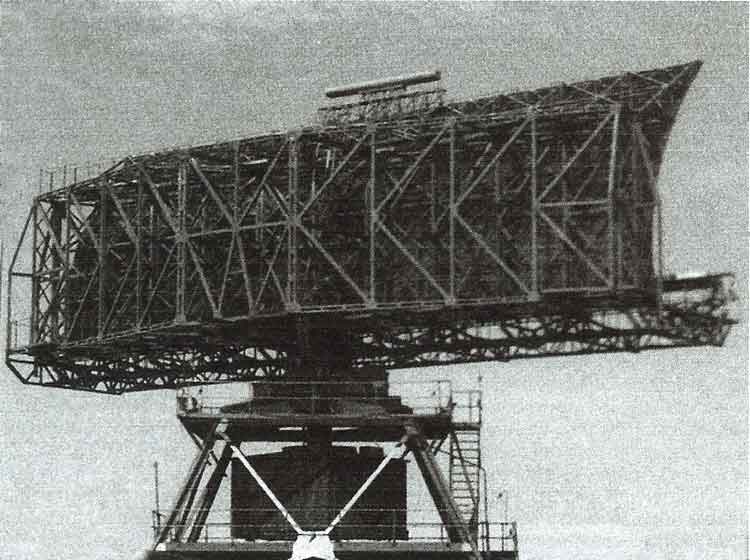41
Auenhausen.

When I returned from the
ABC Course at Winterbourne Gunner in December
1956 I found that all the 537
SU radar equipment had been dismantled and was
parked, as a convoy of vehicles, along the roads of the domestic site.
1 Never again
did I visit the site from which it had come. This old tech site was later, in mid 1957, to
be occupied by 757 Signals Unit, a mobile
GEE station, the personnel of which were
based with us. Other than getting to know the Officers, and it being entered on the
station defence plan, I had nothing to do with this Unit.

My Unit was now 210 Signals Unit and our tech site was in an R3 reinforced concrete bunker deep underground, a short distance to the north-west of the small
hamlet of Auenhausen, itself some miles to the north of Borgentreich along narrow
country lanes, about 20 minutes drive away.
2

This new site was equipped with a
Type 80 search and control radar mounted on a fixed 25 feet high gantry. There were also several
Type 13 'nodding horrors',
but these were mounted on 10 feet high concrete plinths rather than on trailers.
3

The rear of the rotating head of a Type 80 radar.
____________________________________
1 It was some months later that this was driven away to be relocated at RAF Sylt for use as air-air firing range
surveillance radar.
2 R3 was the designation of the type of bunker. It was similar to several bunkers built in the UK when the whole
air defence radar system was updated to counter the Russian Cold War threat of the 1950s. The building of these
bunkers was coincident with both organisational and communication improvements, and the introduction of vastly
superior radar. This was termed the ROTOR plan in the UK, but BOOKLET in Germany.
3 I am uncertain as to whether there were four or five Type 13s.
211








